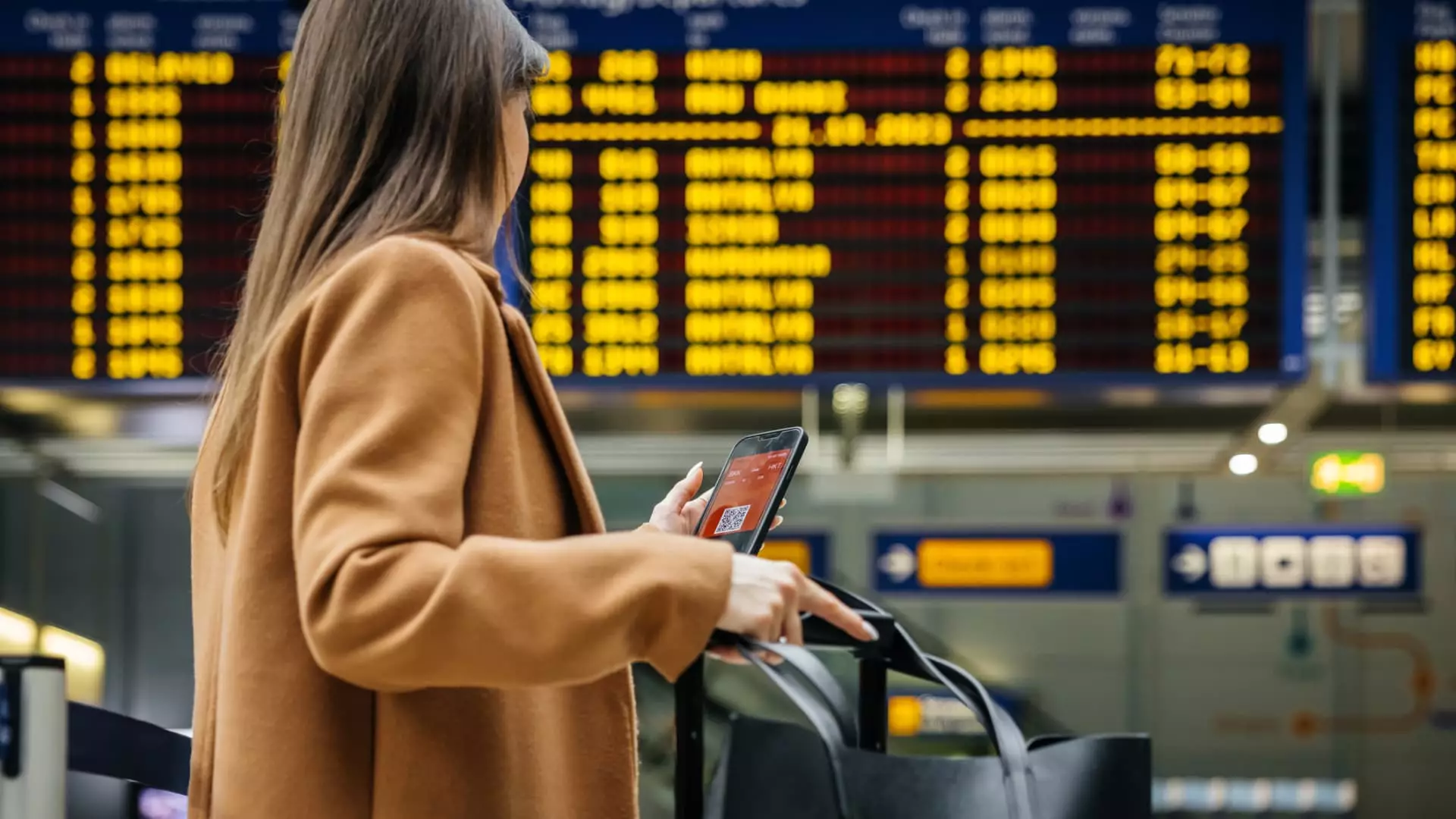The Bank of America research indicates that travel spending among American households is still exceeding pre-pandemic levels, with international trips playing a significant role in this trend. According to the economists at the Bank of America Institute, the demand for vacationing abroad remains strong, with travel spending up by 10.6% per household compared to 2019. This increase in spending is supported by data from Bank of America credit and debit card transactions from January to mid-August.
Factors Contributing to the Growth in International Travel
One of the key factors contributing to the growth in international travel is the decline in prices for international airfare. This year, average round-trip fares to popular European destinations dropped to around $950, making international travel more affordable for American tourists. Additionally, as countries began lifting their pandemic-era travel restrictions and Covid-19-related health fears subsided, demand for international travel surged. This pent-up wanderlust, coupled with a stockpile of cash, has incentivized Americans to spend zealously on international trips.
Regional Spending Patterns and Trends
While Europe remains the most popular international destination for U.S. tourists, the fastest-growing region in terms of spending is Asia, with an 11% increase relative to 2023. This growth is attributed to advantageous exchange rates that have played into the relative strength of spending in Asia. From May to July, Europe accounted for 43% of Americans’ international spending, while Canada and Mexico combined held the second spot at 21%. It is evident that Americans are diversifying their international travel destinations, with Asia emerging as a key region for travel spending.
Despite the growth in international travel spending, the majority of trips that start in the U.S. still remain within the country. About 68% of all trips are domestic, according to McKinsey. However, McKinsey notes that domestic demand has softened slightly as American travelers are returning abroad. Higher-income households, earning more than $125,000 a year, are driving the trend of international travel, with luxury hotels outperforming standard offerings this summer. This suggests that high-income earners are resilient and continue to splurge on travel experiences.
While some cost-constrained travelers may be concerned about the spike in inflation, most consumers are adapting their behavior rather than canceling their trips. McKinsey reports that consumers are choosing to travel during off-peak periods or booking travel further in advance to mitigate the impact of inflation. This indicates a level of flexibility and adaptability among travelers in response to changing economic conditions.
The sustained growth in travel spending among American households, particularly on international trips, reflects consumers’ increasing confidence in traveling post-pandemic. As international travel becomes more accessible and affordable, Americans are exploring diverse destinations and experiencing new cultures. Despite economic challenges such as inflation, the travel industry continues to evolve as consumers adapt their behavior to meet their travel aspirations.

